‘TRUE VALUE’ - On The Loss Of A Beloved Child - standing side by side with two friends as they bury the ashes of their college-age daughter.
Click here to listen to audio of me reading this poem about my friends’ sad loss to cancer of their daughter Nina, a poem that also points to how life & death are always somehow dancing hand in hand…
The Old Conway Schoolhouse - Tsegyalgar
Seat of the Dzogchen Community in Conway, Massachusetts, USA
Click here to listen to John reading his poem….
(The text of the poem itself can be found below the following paragraphs of my comments on it. If you would like to see the words of the poem while you listen to me reading it, please just scroll down the page…)
‘TRUE VALUE’
John Shane
No Rhyme or Meter Used In This Poem…
When you read the text of this poem that follows below, notice that it doesn’t make use of the sound-based pattern-making techniques of rhyme and rhythm that I have felt it appropriate to use in many of the other poems that I have posted so far on here Substack, which I’ve also made recordings of, with myself reading them.
When poems in English are written with the intention that they will be read aloud in performance, rhyme and meter - among other technical devices - can be particularly effective in helping a poem to hold the listener’s attention.
Using Visual Pattern-Making Techniques On the Page…
This poem, instead of the pattern-making techniques of rhyme and meter, uses visual pattern-making techniques to create an image on the page that echoes what the words of the poem describe: the downward falling of dead autumn leaves that flutter down to the ground from the branches of the trees, while, at the same time, a living butterfly flutters upward as it flies up to perch on a branch.
Notice, too, how, in the poem, the fact that the butterfly is still living is described as being almost miraculous, because the time of year the poem describes is the end of Autumn, a time when no butterflies are normally to be seen, since by that time they have all died. In a similar way, our conscious experience is also almost miraculous…
What consciousness is, and how consciousness works, continue to be debated among scientists and philosophers.
Yet, miraculously, we are conscious and we experience both an apparently real ‘internal world’ and an apparently real ‘external world’.
But what is really going on?
A Butterfly Dreaming Of Being Zhuang Zou…?
According to the ancient Chinese philosophical classic, the Zhuangzi, the Daoist philosopher of that name fell asleep and dreamed that he was a butterfly. When he woke up, he famously said he no longer knew if he was a man who had dreamed he was a butterfly, or was a butterfly now dreaming he was a man.
Given what we experience in the continual round of waking, sleeping, dreaming, and waking again, as well as in living and dying, and so on, a perennially asked question has always been “What is ‘real’ ?”
And, of course, because a butterfly emerges from a chrysalis, having previously been a caterpillar, the image of a butterfly is often thought of as a symbol or transformation, renewal, or even of rebirth.
‘As It Is’ - ‘First Thought, Best Thought’
The poem uses its images in a matter of fact way, presenting ‘small details of everyday things’ without making any philosophical or mythological comment on them, leaving it to the reader or listener’s mind to either associate the images with literary or philosophical archetypes or to take them at face value, accepting them as an attempt to reflect the world ‘as it is’ without the mental commentary of ‘second thoughts’.
Minutely Described Mind-Moments Laid Out One-By-One
And see, too, how all of the minutely described details laid out one by one across and down the page present a sequence of images that mirror the fluttering flow of passing mind-moments that arose as memories in the mind of the writer as he wrote the poem, recalling the mind moments that had taken place as those who were present at the time of the burial ceremony were contemplating not only the fluttering falling autumn leaves and the butterfly, but also the fluttering impermanence and frailty of human life itself.
CHOGYAM TRUNGPA RINPOCHE at the time I first met him in London in 1968.
This photo was taken by my old friend, Peter Sanders, who, in the 1960s and early 1970s, took photos for the album covers of many of the world’s most famous musicians
‘Mind Is A One-Shot Deal’, as Chogyam Trungpa Rinpoche, My First Tibetan Buddhist Teacher Used To Say
If you sit quietly by yourself, let your thoughts settle, and observe precisely with full attention what is going on in your mind, you will notice that, whether they come fast or slow, thoughts always come one at a time, one by one.
They may come into mind slowly - in which case it is easier to notice the space in which the thoughts are arising - or they may come so fast that we don’t even notice that there is space between one thought and the next one.
But thoughts always come one by one and they are always arising in the space of mind.
For this reason, my first Tibetan Buddhist teacher, Chogyam Trungpa Rinpoche, who I first met in London and Scotland in 1968, used to say, ‘Mind is a one-shot deal.’
‘Form Is Function’ - a common saying among architects that also applies to other creative activities, including the writing of poetry
The way in which this poem is laid out on the page is intended to reflect the way mind functions, each individual phrase coming up one at a time in the spaciousness of the page, in the same way that each individual thought comes up one by one in the natural spaciousness of mind.
The Spaciousness of the ‘Natural State’
This natural spaciousness of the mind is known in Dzogchen as ‘the essence of the mind’, while this essential spaciousness’ inherent capacity to continuously manifest an infinite number of thoughts is known as the mind’s ‘nature’, and the infinite forms in which thought manifests - both ‘internally’ and ‘externally’ is called ‘energy’, and the Dzogchen teachings have a great deal to say about the ways in which this ‘energy’ manifests, the ways in which the individual’s own energy manifests to the individual as an apparently ‘external’ world.
When we fall asleep and dream a whole reality appears to us in the dream that seems to be a world external to our dreaming selves, but instead the dreamed world, with all its detail of people, places, and things, is really a manifestation of our own mind.
The Dzogchen teachings, among many other enquiries into the nature of reality. ask us to look closely at our own experience in the ‘waking world’ to see for ourselves if it is possible that what is true of our dream experience could also be true of our waking experience.
Nothing Is Quite As It Seems, But Everything Is Just As It Is
This intimate contemplative enquiry into the real nature of the dreaming and waking states has a particular bearing on understanding the process not only of what is happening moment by moment while we are living but also on what happens in the process of dying, which, from the point of view of the Dzogchen teachings, is a process similar in many ways to what we experience in the process of falling asleep and entering into the dream state, and, potentially, becoming ‘lucid’….becoming aware while dreaming that we are dreaming.
The parallel practice of regarding our daily life as if it were a dream also can also help to reduce our attachment to whatever occurs during the day and thus helps to diminish the suffering we experience as a result of taking as ‘absolutely real’ things that are only ‘relatively real’ because they are completely impermanent like apparitions in a dream, yet we ascribe to them a permanence and a solidity that they do not really have.
Serving Others By Bearing Silent Witness To Their Suffering & Grief.
In contemplative awareness, the sense of there being a strong separation between self and other relaxes, and a feeling of ‘at-onement’ with others - compassion or ‘feeling with’ - naturally arises.
Beyond Words In The Moment At The Cemetery
Standing - along with others - together with my friends in silent witness in the graveyard to the heart-rending reality of the untimely death of their young and much-loved daughter - who had seemed to have her whole life before her - the simple witness of silent presence, was the best way I could offer what comfort I could - beyond words - to the parents of the girl who had died, as they faced a future in which they felt they would always have to live with the pain of the terrible blow of their loss.
Recalling Later - With The Words Of My Poem - What Happened On Day Of The Burial Of Nina’s Ashes
The poem I wrote later is my attempt to set down in words what I could not say to my friends on that sad day as a memorial both to Nina, the young woman who had died, to the grief of her parents, and to the day of the burial of Nina’s ashes.
When I looked at the layout of the poem in ‘preview mode’ to see how it would appear when posted on Substack or included in an email, I saw that there was no way to get Substack itself to adhere to the exact page layout of the poem. Substack automatically reset the words of the poem in a different layout, so, to correct this, I had to make screenshots of the correct layout in another app and then upload those screenshots into Substack’s edit window, which is how you will see the layout of the poem below on this page. Apologies for the fact that the gap between each of the screenshots of the poem’s text is a little bigger than it should be, which is due to the way page layout works in the Substack edit window and couldn’t be corrected.
(A few further reflections on parenthood and how love makes us vulnerable to the possibility of loss follow below the text of the poem itself)
“TRUE VALUE”
BECOMING A PARENT…
Becoming a parent involves us
in taking responsibility for
another person
in a way we may
have never
experienced before
And to take on that
responsibility
we have to find
a new capacity
for love
But the inescapable fact
that our lives are so fragile
means that
to open ourselves
to love
is also to open ourselves
to the possibility
of loss
We have a primal dread
of losing what we most love
And yet, to love
is the only cure for
the sense of
hopelessness
and isolation
that we would feel
in a loveless world
So - even though we know
what loving may cost us
in terms of possible future grief
—we go on loving
And the open heart
knows that no matter
who we may lose
love itself
is never
lost...
JS
( I am posting this poem here on Substack today in response to the most recent post I have just received as an email newsletter from the Substack publication of my Thai friend from our Cambridge University days in the mid 1960s, TEW BUNNAG. If you are interested in reading more about some of the main themes of this post ‘TRUE VALUE’, please be sure to take a look at Tew’s Substack publication. Tew has taught Tai Chi and Buddhist meditation for many years, and his Substack, which is about his work with dying people and grieving families, is simply called ‘TEW’. The posts there are published in both English and Spanish. )





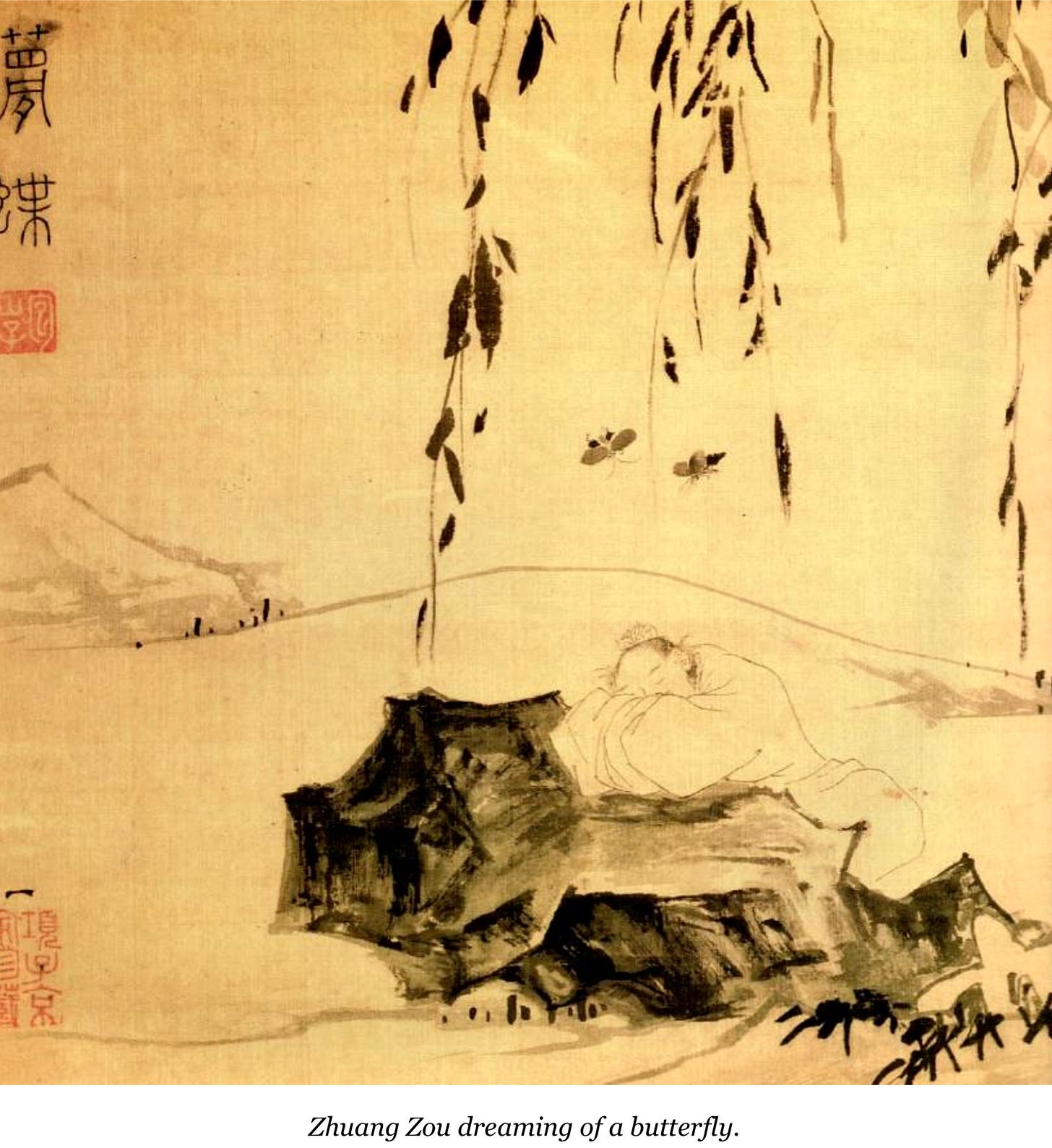
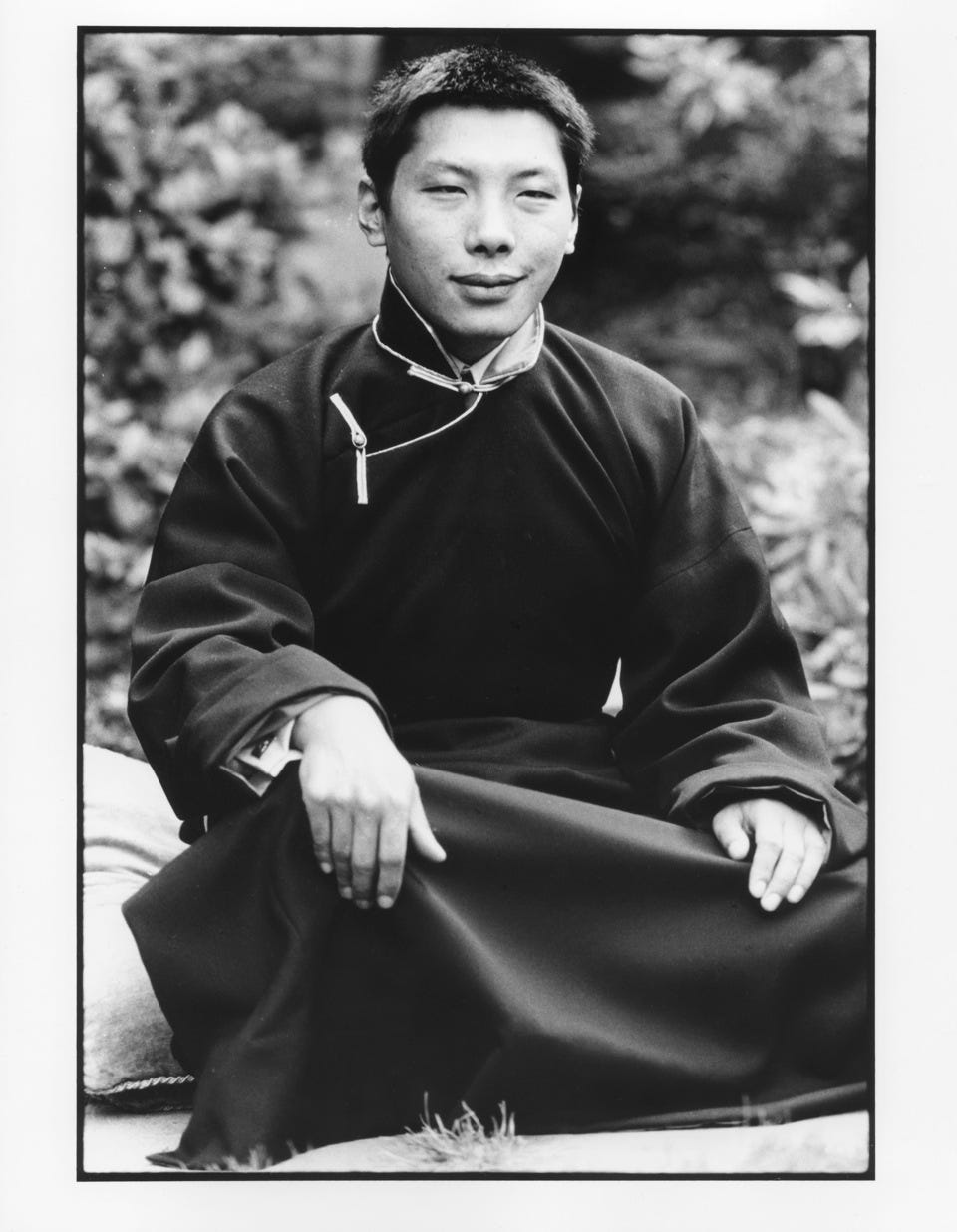

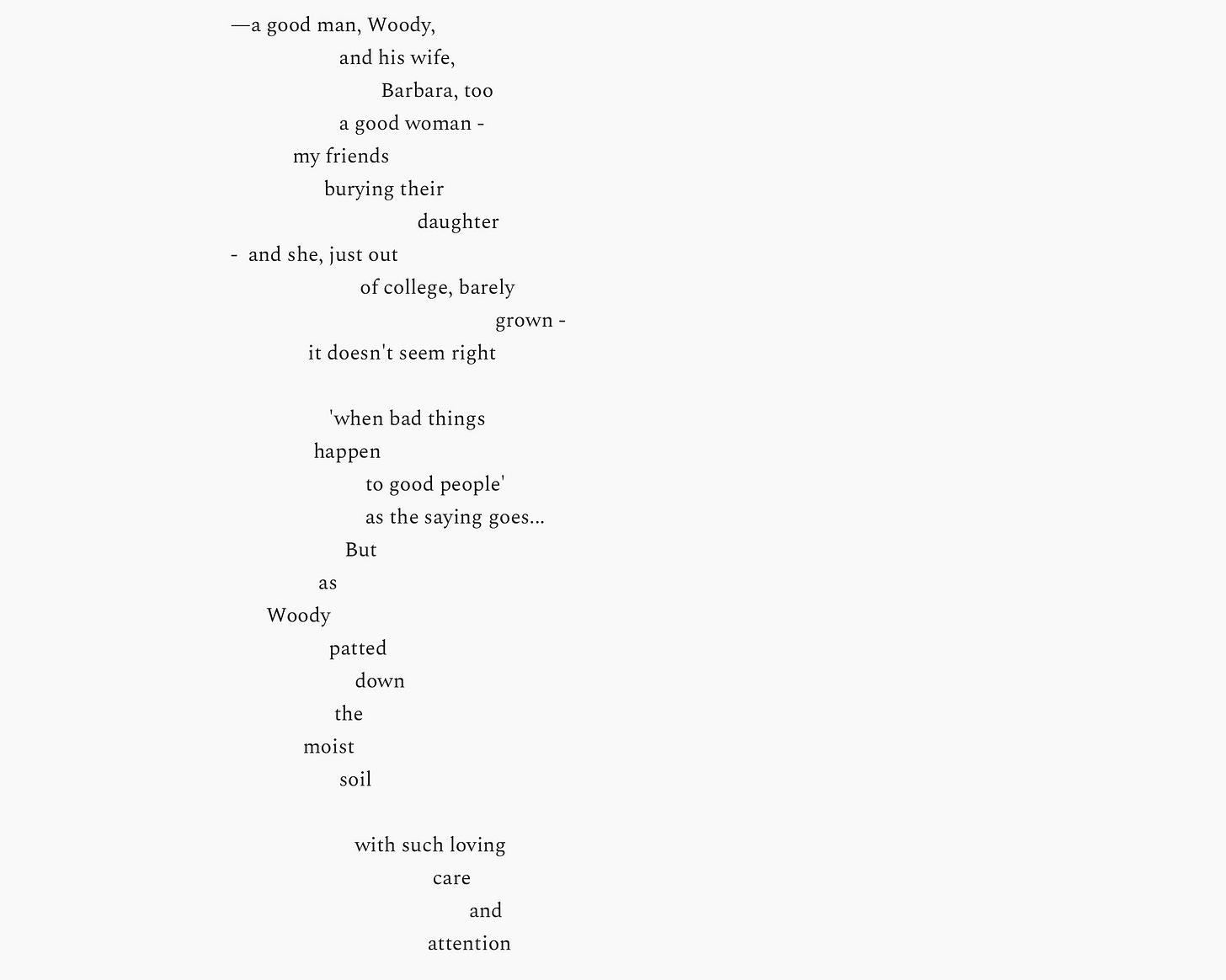
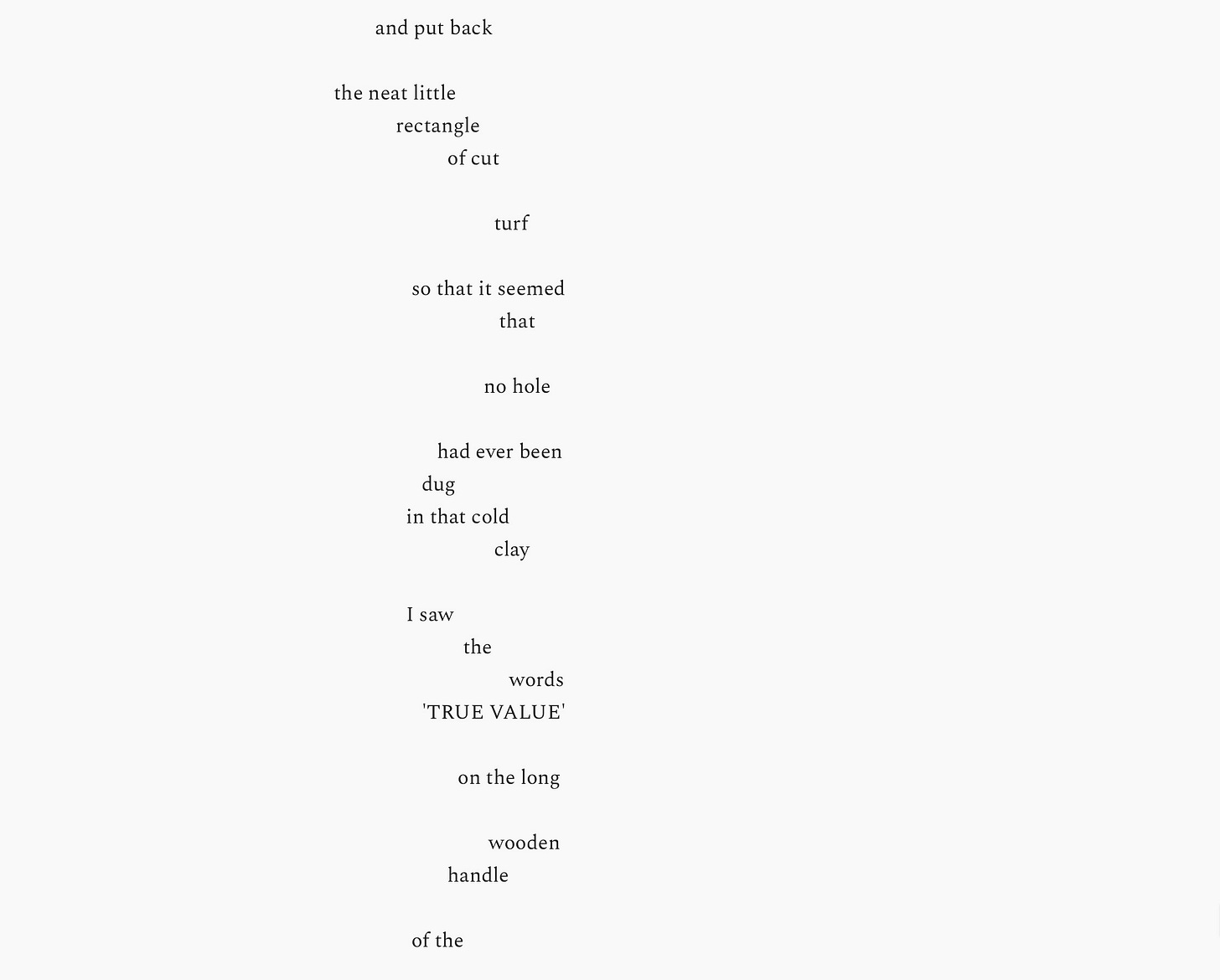
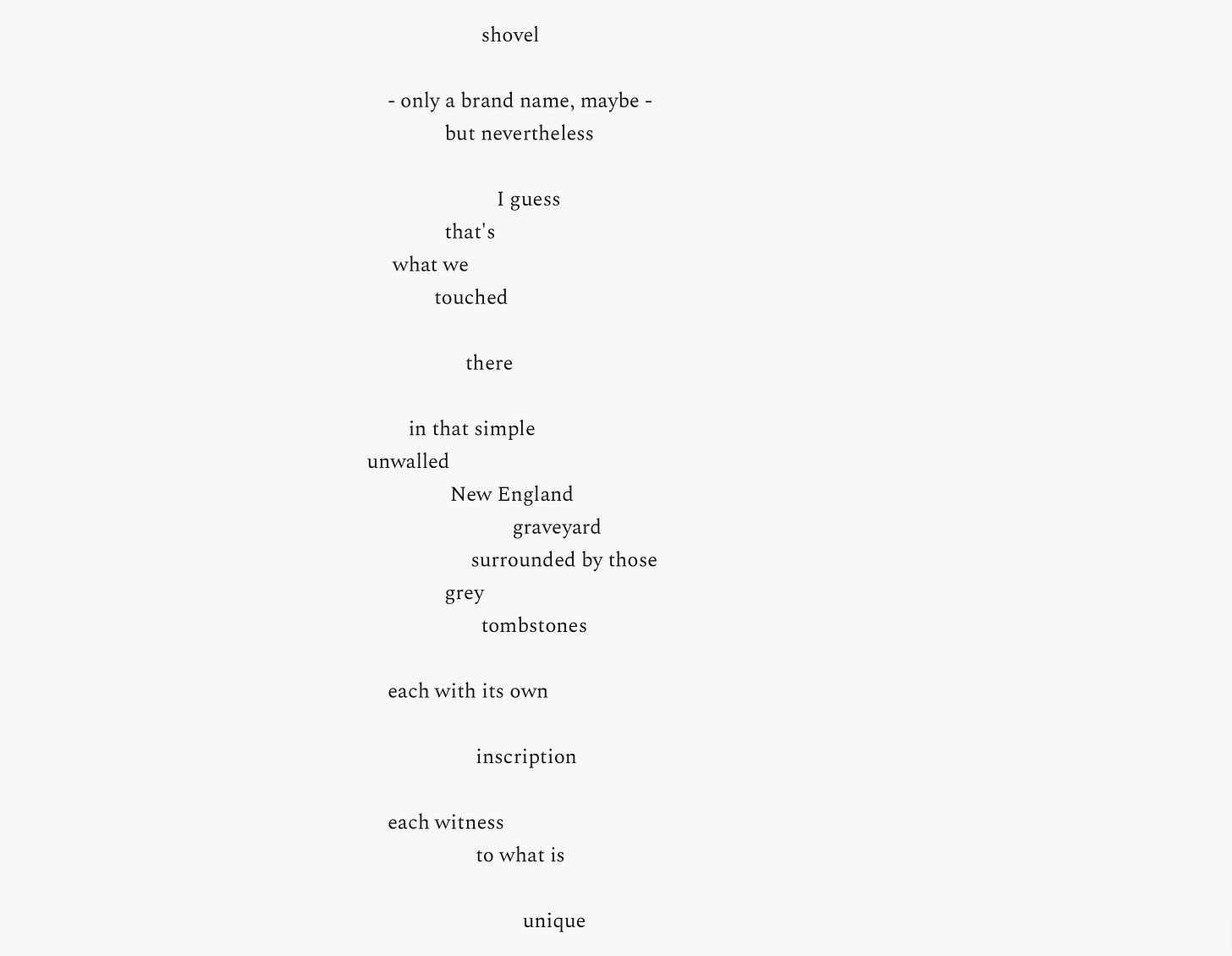
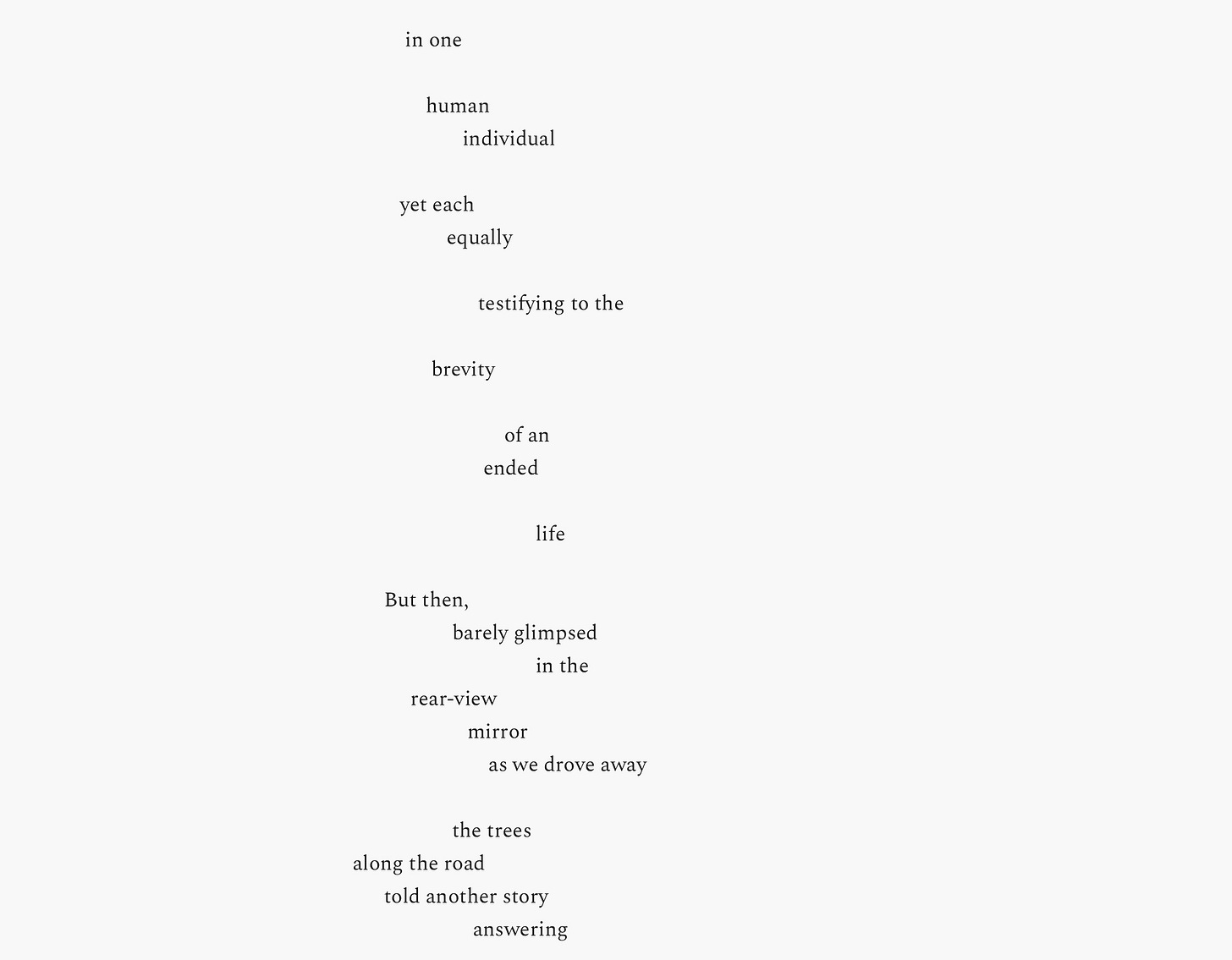

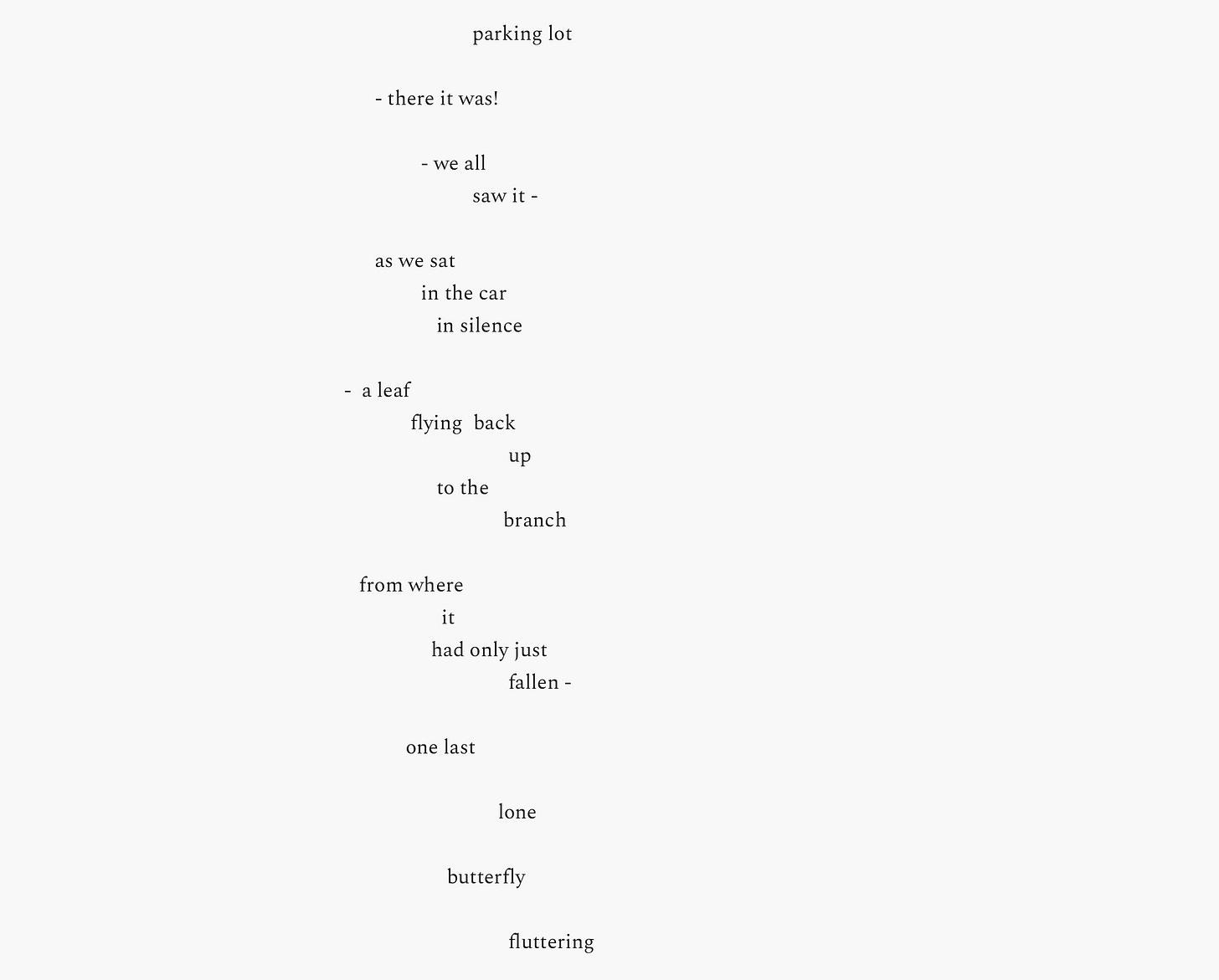
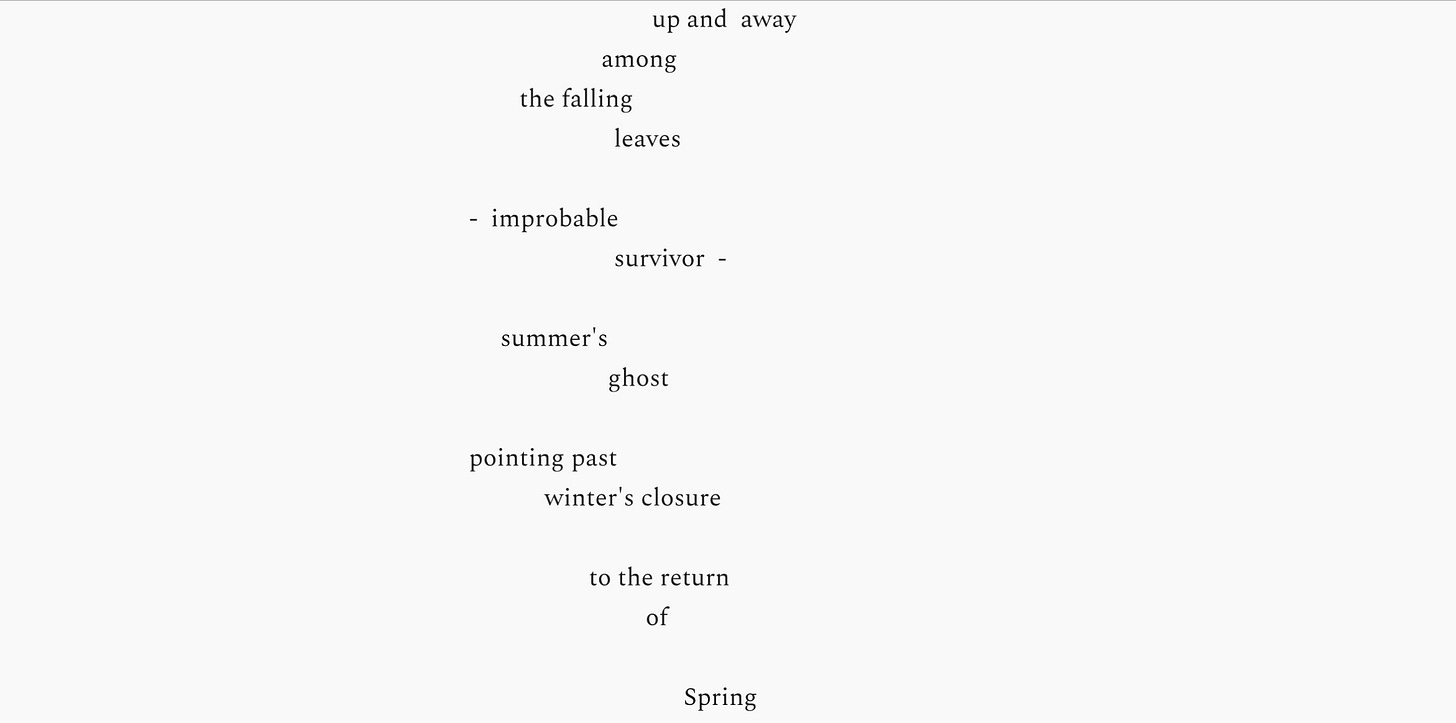
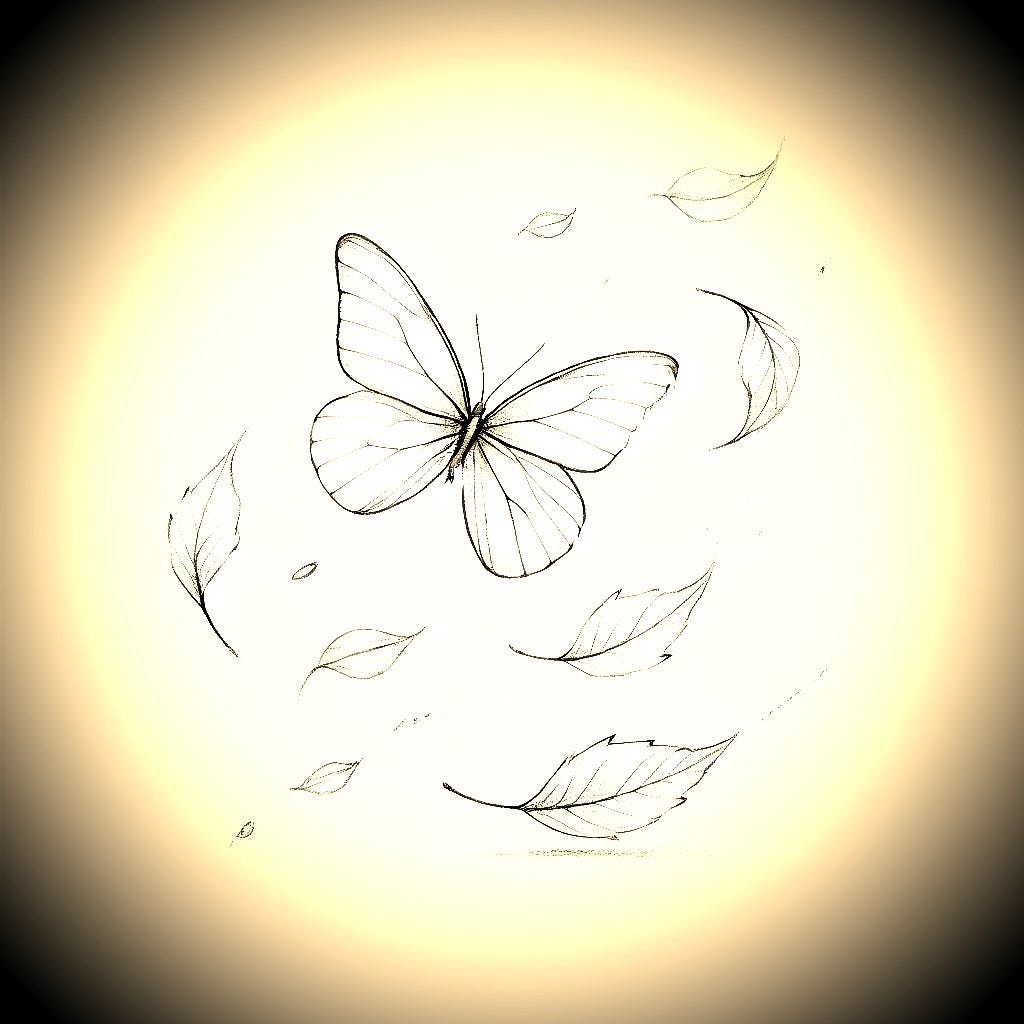
What a beautiful poem. xx
A poem that lifts my heart in what is an almost impossible situation to lift ones heart in. Thankyou for your time taken to explain carefully your thought processes around the poem. Bless you John.